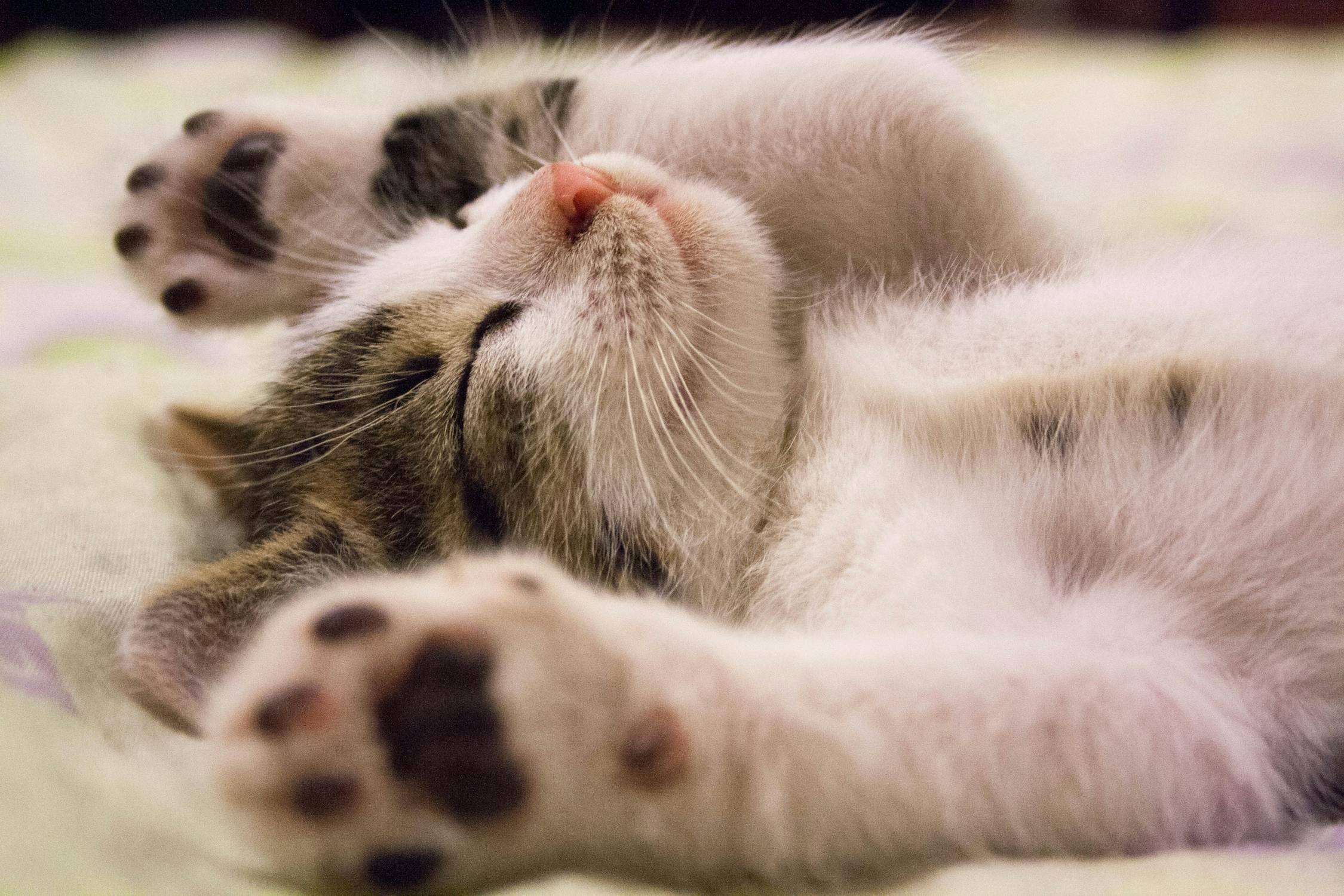Introducing a furry friend into your life is an enriching experience that brings countless moments of laughter, companionship, and unconditional love. Among the various delightful aspects of pet ownership, one of the most rewarding is engaging in playful interactions with your cat. These moments not only create a strong bond between you and your feline companion but also provide essential mental and physical stimulation for their well-being.
The Importance of Play for Cats
Just like humans, cats need mental and physical exercise to stay healthy and happy. Playtime serves as an outlet for their natural instincts such as stalking, pouncing, and hunting. Engaging in play helps prevent obesity, boredom, and destructive behavior that might arise when a cat's energy goes untapped. It's a holistic way to nurture your cat's physical and emotional needs.
Choosing the Right Toys
Cats can be picky about their toys, so having a variety to choose from can keep their interest piqued. Feather wands, interactive puzzle toys, crinkly balls, and laser pointers are all popular choices. It's important to opt for toys that are safe and durable, as well as ones that mimic the movements of prey to fully captivate your cat's attention.
Create a Playful Environment
Designate an area in your home where playtime can take place. Cats love to explore, so make sure the space has nooks, crannies, and climbing opportunities. This could be as simple as a cardboard box maze or a multi-level cat tree. Creating an environment that mirrors their natural habitat will encourage them to engage in playful behavior.
Understanding Your Cat's Play Style
Every cat has a unique play style. Some may prefer chasing after a moving toy, while others might be more intrigued by batting at dangling objects. Observing your cat's behavior will give you insight into what they enjoy most. Cats also have individual preferences for playtime duration. Some might enjoy a short, intense burst of play, while others may prefer longer, more leisurely sessions.
Engaging in Interactive Play
Interactive play involves you actively participating in the game. Hold onto a feather wand or move a toy mouse around to mimic prey. Engaging in this type of play helps build the bond between you and your cat, as they associate you with positive experiences. It also encourages them to exercise and express their natural behaviors.
Solo Playtime
While interactive play is essential, cats also benefit from solo playtime. Puzzle toys and objects that dispense treats can stimulate their minds and encourage problem-solving. These toys are especially useful when you're not around to engage in play, providing mental stimulation and preventing boredom.
Safety First
When playing with your cat, prioritize safety. Ensure that the toys you provide don't have small parts that can be ingested. Avoid using your hands as play objects to prevent any accidental scratching or biting. Always supervise playtime, especially if you introduce new toys that your cat hasn't interacted with before.
Know When to Stop
Just like any activity, playtime should have a natural beginning and end. Cats can get overstimulated, so watch for signs of fatigue or disinterest. When your cat starts losing interest, it's a good time to wind down the play session.
Conclusion
Engaging in play with your pet cat is more than just a source of amusement – it's an avenue for building a strong and lasting connection. By understanding your cat's preferences and creating a stimulating play environment, you're contributing to their overall health and well-being. So, grab that feather wand or dangle that shiny toy – let the games begin and the joy flow! Your feline friend will thank you with affectionate purrs and playful antics that enrich both of your lives.

No comments:
Post a Comment